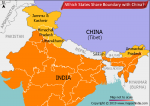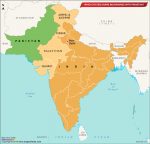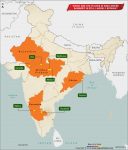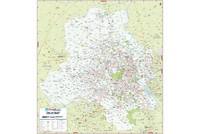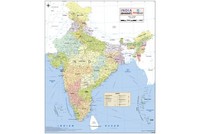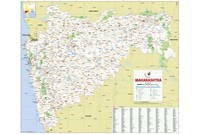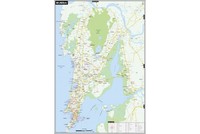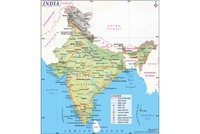On 6th September 1990 the Parliament passed the Prasar Bharti bill and on 12th September 1990 the Prasar Bharti Act got an assent from the President of India.
Prasar Bharti is India’s largest public broadcaster and is an independent body established by an Act of Parliament which includes the Doordarshan Television Network and the All India Radio (AIR) which were initially a part of the Ministry of Information and Broadcasting.
The Prasar Bharti came into existence after a demand that broadcasters owned by the government should be given the freedom to manage themselves like broadcasters in other countries. Following the passing of the Act all assets, liabilities, property and payments concerning Akashvani (All India Radio) and Doordarshan were passed onto Prasar Bharti.
The Prasar Bharti board comprises of:
- Chairperson
- 1 Executive Member
- 1 Member (Finance) Ex Officio
- 1 Member (Personnel) Ex Officio
- 6 part time members
- Director General (Akashvani)
- Director General (Doordarshan)
- 1 representative of the Union Ministry of Information and Broadcasting
- 2 representatives of the employees of the Corporation
Presently, the Chairperson of Prasar Bharti is Mrinal Pandey and Jawahar Sircar is its CEO.
The President of India appoints the Chairman and other members, but not the ex officio members, nominated and elected members. The Prasar Bharti board is supposed to meet a minimum of six times a year. One of the core functions of the Prasar Bharti is to conduct public broadcasting to educate and entertain viewers. The Board is responsible for the balanced growth of broadcasts, both of radio and television.
The function of the Prasar Bharti is to maintain the unity and integrity of the country as guided by the Constitution of India. It must also ensure that the citizen’s rights of being informed truthfully and freely about national and international matters are met. The Prasar Bharti is also responsible for spreading literacy, agricultural development, environment and health. It is also responsible for covering the diversity of Indian culture and sports and games so as to promote the spirit of sportsmanship among viewers. The Prasar Bharti is also responsible for serving the rural and weaker sections of society and ensuring the protection of children, the handicapped and other weaker sections of society. Apart from that, the Prasar Bharti also promotes research and development so that the radio and TV broadcasts are kept constantly updated.
Currently, AIR and Doordarshan are undergoing digitization and some of the Doordarshan Kendra’s are already digitized. There are further plans to digitize and modify the existing ones as well. Prasar Bharti is ordering new transmitters, including digital ones too.
The Parliament of India passed the Prasar Bharti Act on 6th September 1990, but it came into force much later, on 15th September 1997.
Also on This Day:
1657: Shah Jahan suddenly fell ill which caused domestic struggle for succession.
1774: British Government supported Peshwa Raghunath Rao to re-conquer Pune.
1889: A barrister and a freedom fighter, Sarat Chandra Bose was born.
1947: Indian government creates a new ministry of relief and rehabilitation of refugees.

